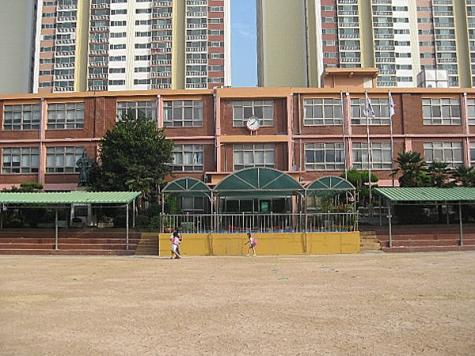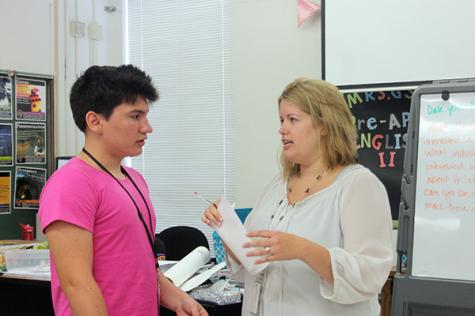Education around the world
October 3, 2014


Education systems around the world vary depending on a country’s standards. According to the National Center on Education and the Economy (NCEE), the countries with the best performing education systems are Canada, Finland, and Japan.
English Language arts teacher Angela Garinger has taught English at an elementary school in Busan, South Korea and shares that a typical teaching day in Korea is similar to a teaching day in America. However, she says that she felt like her classroom in America is much stricter compared to Korea.
“There was a lot more free time and games in Korea as opposed to the way that I structure my classroom here in America,” Garinger said.
In America, education systems vary from state to state mainly because the state and local government are in charge. The majority of governments in America follow the three division levels of an education system, elementary or primary education, secondary education, and post-secondary education. Also, most students are expected to attend school until they are 17 or 18 years old and every child has access to free public schools with certified teachers.
“We had to be trained professionals to teach here in America,” Garinger said. “There are certain tests I have to take.”
However, according to a Dec. 2013 article in the Atlantic Magazine, the education system in the U.S. is just “mediocre” compared to other countries. In the 2012 Programme for International Student Assessment (PISA), students in the U.S. scored below the PISA math average and ranked 26 out of the 34 Organization for Economic Co-operation and Development (OECD) countries. Students in the U.S. also scored close to the OECD average in science and reading and ranked 21 in science and 17 in reading. Whereas, parts of China, Singapore, Japan, Korea, and Liechtenstein were the top countries who performed well in math, reading, and science.
“Study comes first [in Korea],” Garinger said. “That’s the top priority.”
South Korea is recognized worldwide as a country that excels in education. An article on the online website for Asia Society, an American institution, says that the Korean public education structure is divided into three parts in which students attend six years of primary school, three years of middle school, and three years of high school. Also, according to the NCEE, education is free up until fifteen years. Afterwards, students are expected to pay tuition and fees.
“They go to school so long during the day,” Garinger said. “They go to the public school setting, and then they go to the after-school private setting. They have more pressure to do well. Their parents are spending money on this.”
Garinger says that there is a huge emphasis on education in Korea. Korean students in their junior year of high school take a big test known as the university entrance exam and their results have a big impact on their future. For their entire education experience, students have been taught to prepare for this test. In addition to attending public school, the majority of students usually go to a private after school called a hag won, where they study even more.
“I think that the system works well for them,” Garinger said. “I could never see that type of system working in America. I think there are advantages and disadvantages to both systems.”
Additional Information: http://www.eatyourkimchi.com/korean-exam-day/

